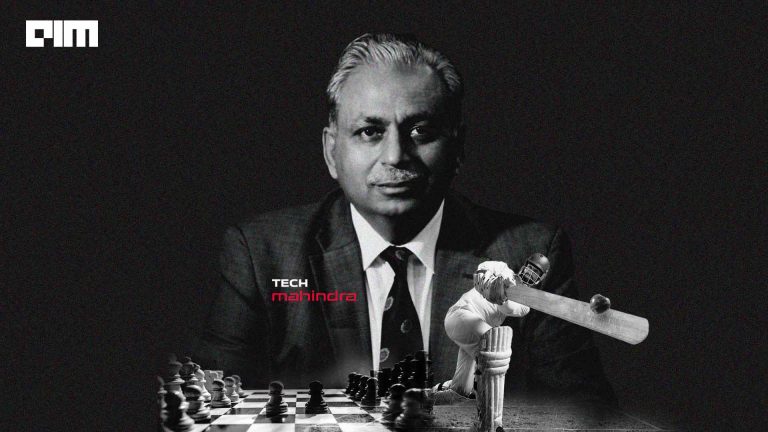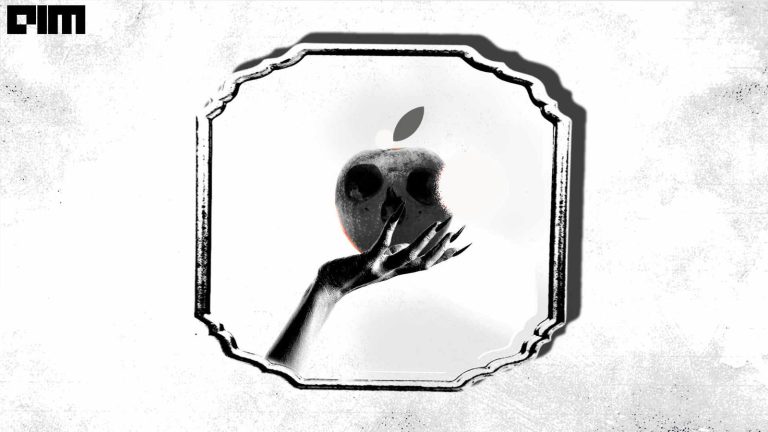
The market for kids’ wearables is expected to boom, as the landscape stands at an intersection of current technology trends, such as real-time data, and personalized insight and wellness. Moreover, kids of this generation learn fast and are generally comfortable using any new technology.
Besides functioning as tracking devices, improving health in children, and providing parents with peace they seek, kids’ wearable segment can achieve much more. These devices can also monitor a kid’s heart rate and motion. In other words, these devices foster the capability to shape a child’s relationship with health and wellbeing.
Getting a glimpse of the kids’ wearable market

Undoubtedly, adult wearables market is huge, with 1 out of 6 Americans currently owning a wearable device. The market is supposed to grow to $25 million by 2019.
The market for kids’ wearable is divided into few segments based on the target audience. There can be devices for parents to monitor important life indicators of their kid, or devices that let parents control their wards’ safety and academic progress. There are wearables specifically targeted at kids, which use mobile solutions for educational and entertainment purposes.
In Russia, the market is in an early stage of its development. Wearable devices targeted at kids feature standard functions like radio – and video nannies. However, the global market promises prevailing number of hi-tech solutions for kids, currently under development.
Kids’ wearable keep a check on obesity
Obesity in kids is a major concern that perturbs parents today. Almost 72 percent kids in US don’t even partake in 20 minutes of rigorous activity per day. This issue goes beyond weight gain, as these unhealthy habits is what shape their future.
Wearables for kids aim to address this issue. By incentivizing wellness, it can develop long-term, sustainable healthy habits. These devices can also help in incentivizing daily activities like drinking water, brushing teeth, sleeping well, and healthy eating. This will help in shaping the “adult of tomorrow.”
Bringing down child-care cost with wearable devices

These devices help in establishing an ecosystem where a kid is proactively connected to the parents, school, insurance companies, doctors, hospitals. The wearables make it easier for anyone involved to access vital information about the child’s wellbeing, thus improving childcare.
This implies a significant reduction of childcare cost. Moreover, parents are provided with real incentives to make adjustments to their child’s behavior. CJ Swamy, CEO, Good Parents shares, “Children’s health metrics are at worse levels than they have ever been. We need to do something about this. We’re trying to use technology to better our children’s lives.”
Kids’ wearable devices track meaningful indicators

It’s a futile approach to re-appropriate wearable technology designed for adults, when designing wearables for kids. This is because a kid moves, behaves, acts, and sleeps differently, compared to an adult. This is also necessary for monitoring more inputs in case of a child, than just simply detecting movement and heart rate.
Swamy remarks, “For a child, temperature and perspiration are also vital bio-signs. So being able to triangulate data with multi sensors is important.” More data collated makes it easier to recognize patterns and intervene before they become problems.
Wearable devices with an element of ‘fun’
If you want to motivate kids, playfulness has to be at the forefront. Kiddo is the kid wearable device made by Good Parents. The device focuses on rewarding good behavior through play and fun, which eventually helps in motivating children. The device also allow the kids to make music together through playing air guitar.
Today, wearables are increasingly being integrated with VR, which has helped in enhancing their education potential. These devices are aiming to allow children to learn, discover and experience the suggested action, instead of merely tracking them or furnishing suggested actions.
Magnasoft revolutionizes the kids’ wearable market for India

India has shown significant promise in the market for wearables, now why should the country fall behind in the market for kids’ wearables? The company Magnasoft has been working in the child safety space since 2010. The firm initially developed a product called Northstar to address the concerns of safety in school transportation.
Toggr is the first wearable device for kids designed by Magnasoft, which acts as a ‘connected family’ platform. “We realized that is pain point wasn’t limited to in-transit safety. Children in that age group don’t carry mobile phones. Young parents need a platform to connect to their children and capture those moments of togetherness, even when they are apart,” speaks Shyam Ramamurthy, Co-Founder & CTO, Magnasoft.
Through Toggr, children can effortlessly connect with their parents and friend through ToggrTalk (voice) messages. The device also allows you to store your personal music, besides allowing users to track daily activities through an in-built pedometer.
One of the most salient features on the watch include the WIN button, which can be long-pressed by the kid to trigger a voice call to the parents’ mobile phones. This feature proves greatly useful in case of an emergency. Moreover, the device sends in-app notifications and SMS alerts to three pre-registered contacts.
Parents can use the Toggr app to locate their child’s precise position, both indoors and outdoors. Besides, they can also mark frequently-visited places like schools, music classes, etc., as ‘silent zones.’ This helps in disabling all calling functions from the app, to ensure that the child doesn’t face any unnecessary distractions.




















































































